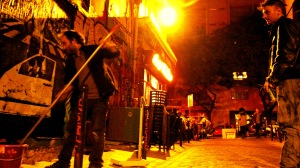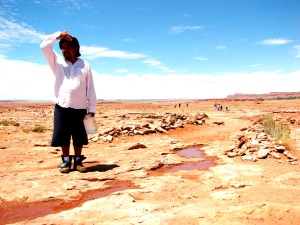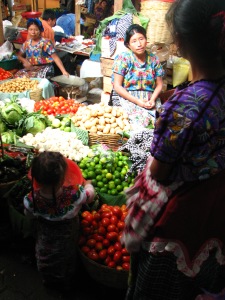Go to the UN Webcast site. Scroll through the channels. When you get to the end of the list, you will stumble upon the 54th session of the Commission on the Status of Women. During next two weeks the Beijing Platform for Action will be reviewed in New York. Unfortunately, this seems to be the least important item on the UN’s agenda.
In 1995, as United Nations celebrated its 50th anniversary member states’ representatives have gathered in Beijing “determined to advance the goals of equality, development and peace for all women everywhere in the interest of all humanity” (Beijing Declaration). Fifteen years later it is time to draw the line and calculate the result.
Has the status of women improved during the last decade and a half? Are more girls in schools? Do they have property rights? What about female genital mutilation? Early marriage? Or, let us ask similar questions for the developed countries. Are women equally represented in leading positions? Can they rise above their gendered roles? Are women supported in their struggle to become, for example political advisers on countries like Sudan or experts on disarmament? Do developed countries care about gender based violence at home and overseas?
On the paper, we have come a long way since the Beijing Conference in 1995. However, we have produced more paper than action. For example, UN SC Resolutions 1325 and 1820 are seen as groundbreaking papers to compliment the Beijing Declaration, but so far they have not been fully implemented; and partiality does not lead to the goal of human security!
The Review Conference was opened with a speech of not the first men of the house, but his deputy Ms. Asha-Rose Migiro. Although, delivered with diplomatic politeness, the facts helped her to deliver the unpleasant message: “So, while we have seen advances in the past 15 years, we have not seen enough.” (full speech, March 1, 2010)
****
excerpt of Ms. Migiro’s, UN Deputy Secretary-General, opening remarks:
Women still outnumber men among the world’s poorest people. Many women work in vulnerable and low-paid jobs without social protection. And around the world, women are still generally paid less than men for the same work.
Two-thirds of illiterate adults are women – a statistic that has not changed in 20 years. Unpaid domestic and care-giving work remains a predominantly female realm, limiting women’s opportunities for education, training, employment and political activity.
Only 25 countries had reached 30 per cent or more women parliamentarians in 2009. This marks a significant increase from 1995, but it is still insufficient.
Excellencies, Distinguished delegates,
We have also seen limited progress on reproductive health. Maternal mortality remains unacceptably high. Almost all these deaths could be prevented.
So, while we have seen advances in the past 15 years, we have not seen enough.


